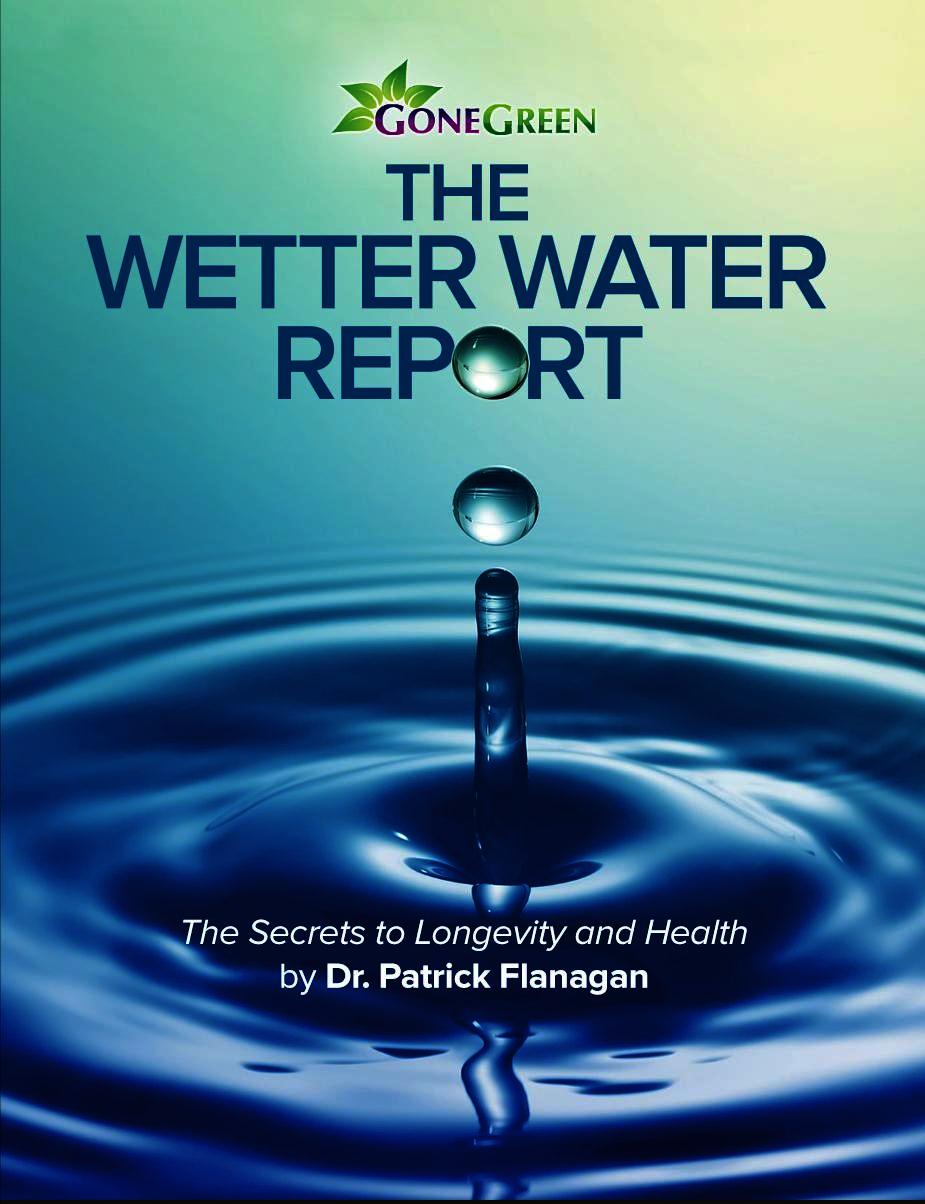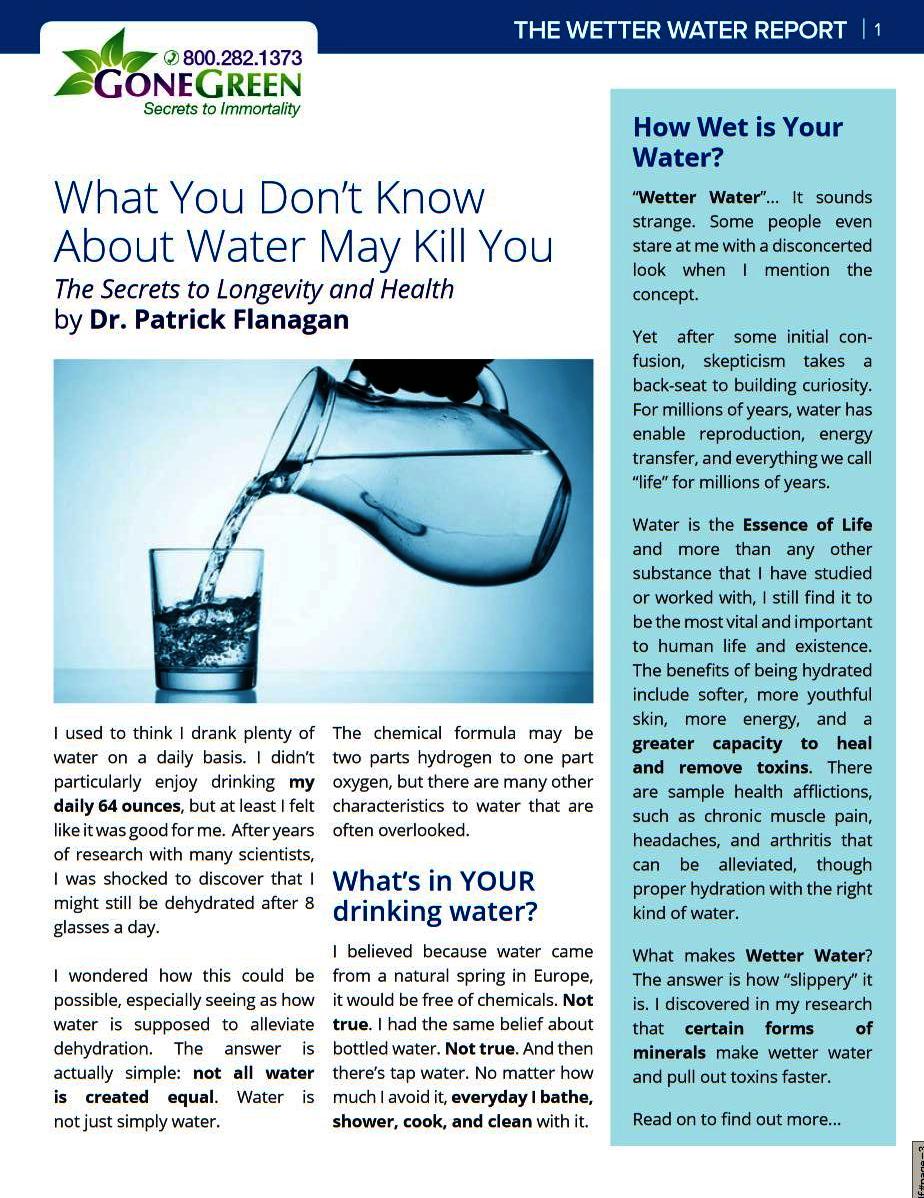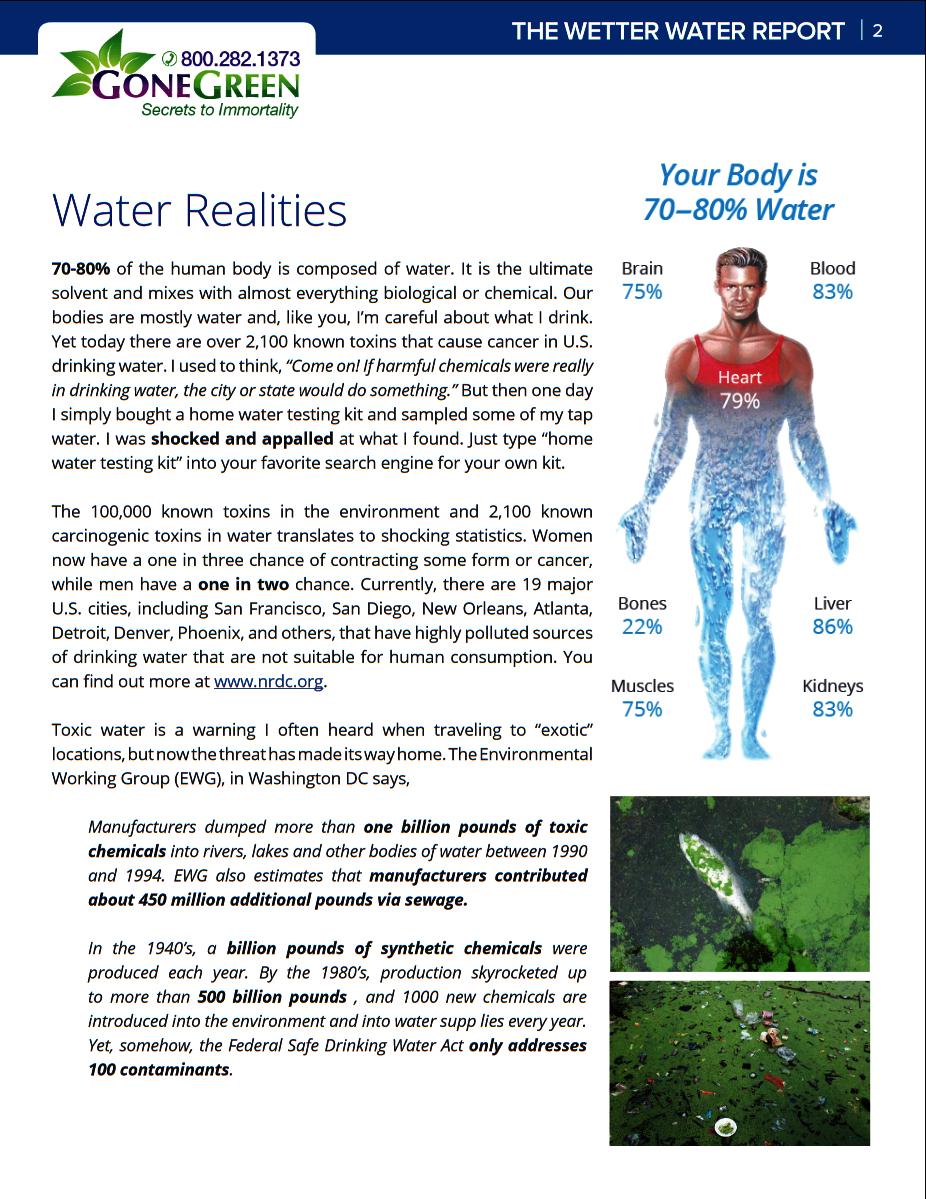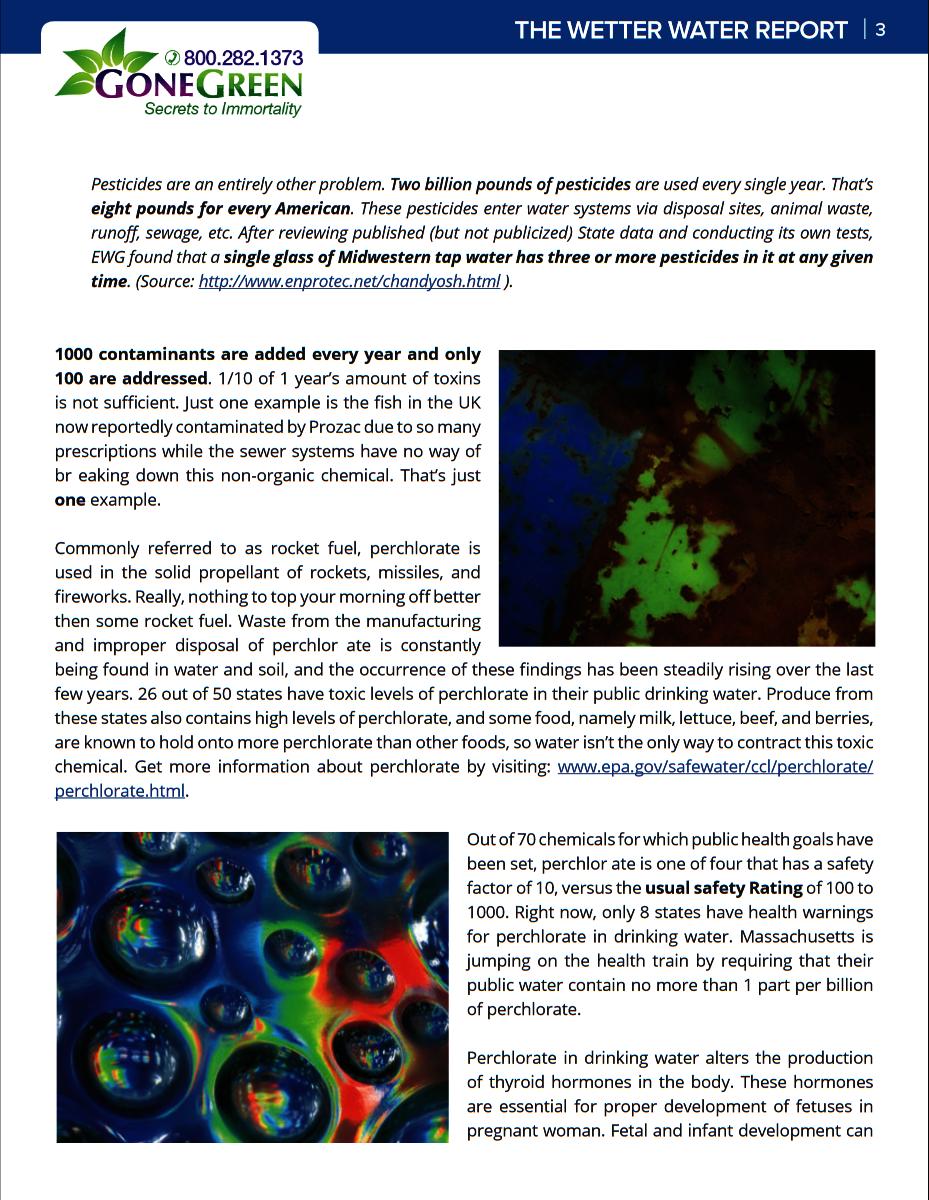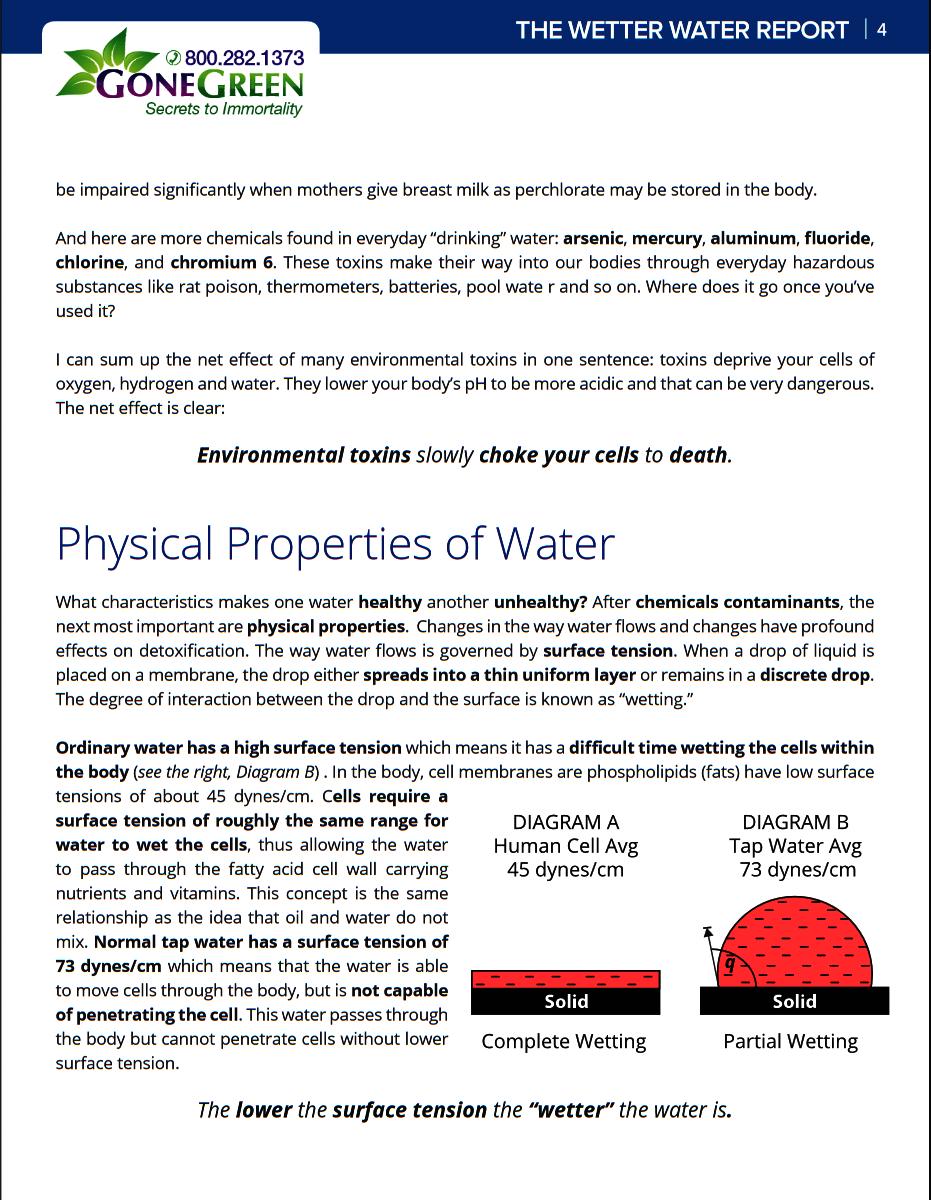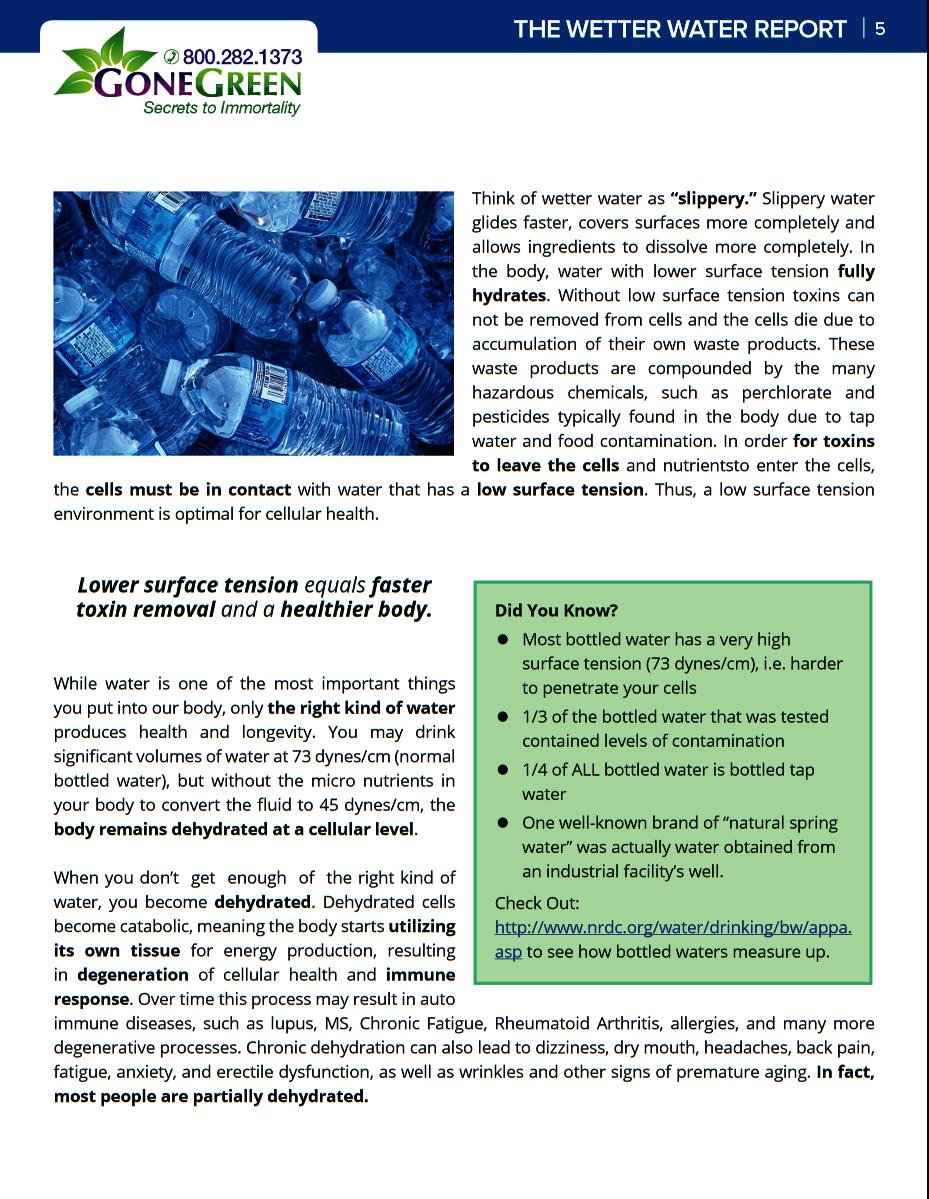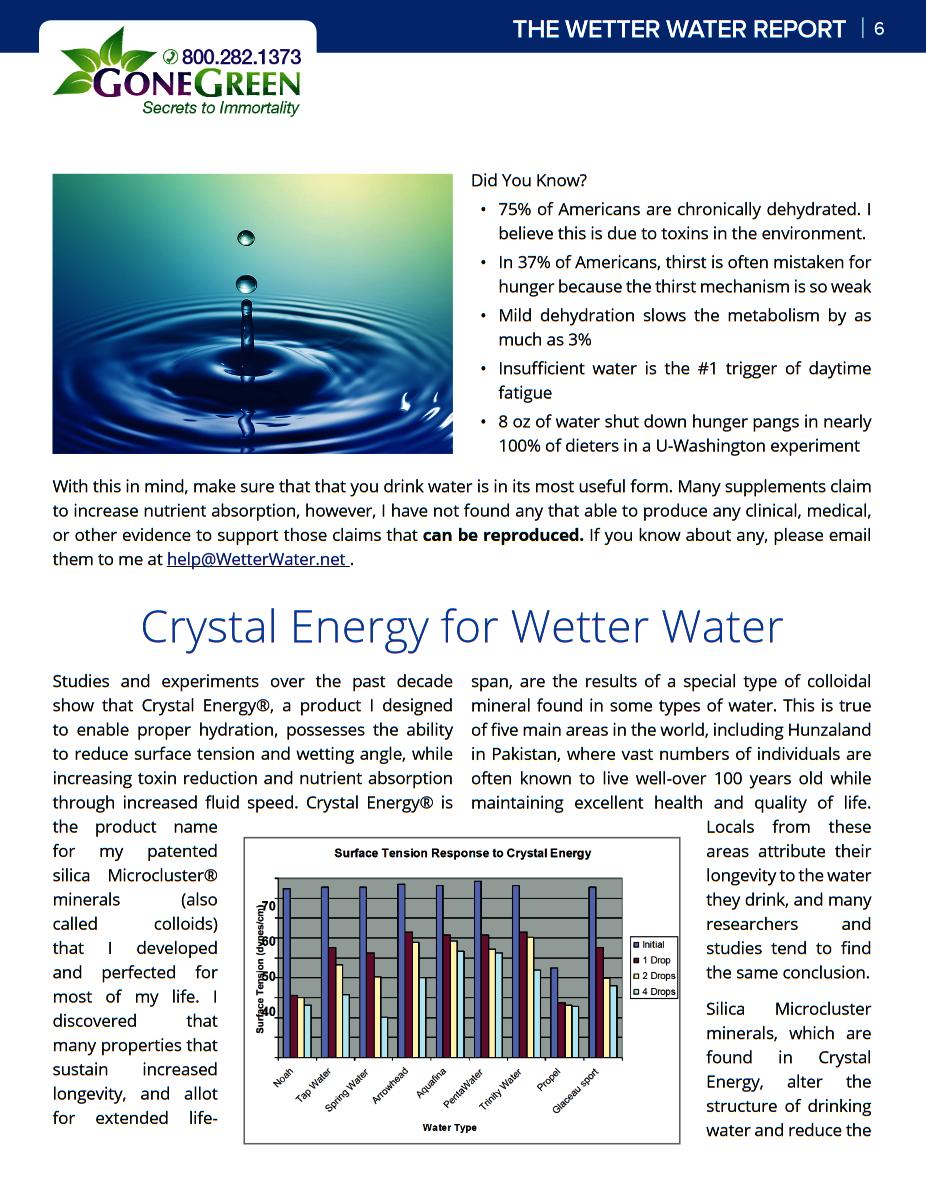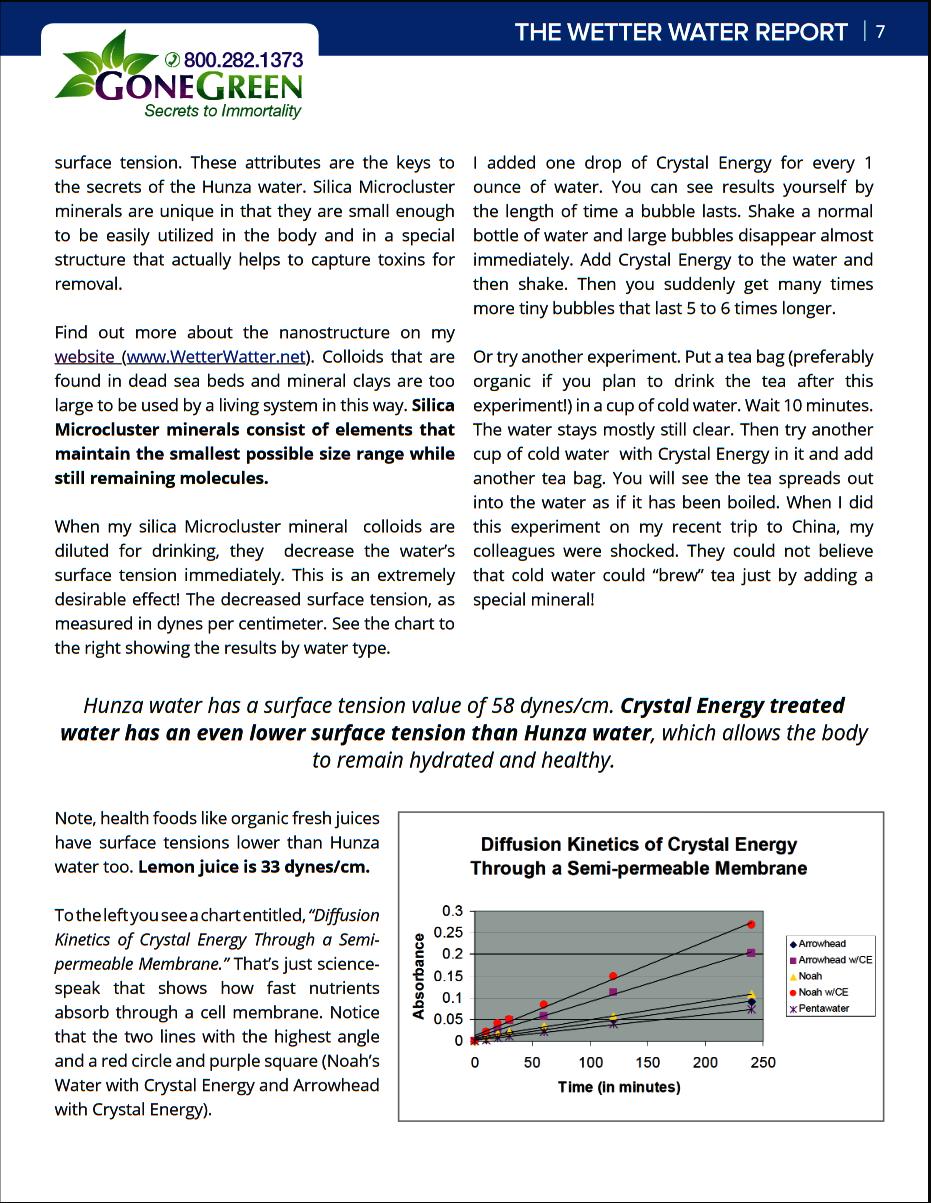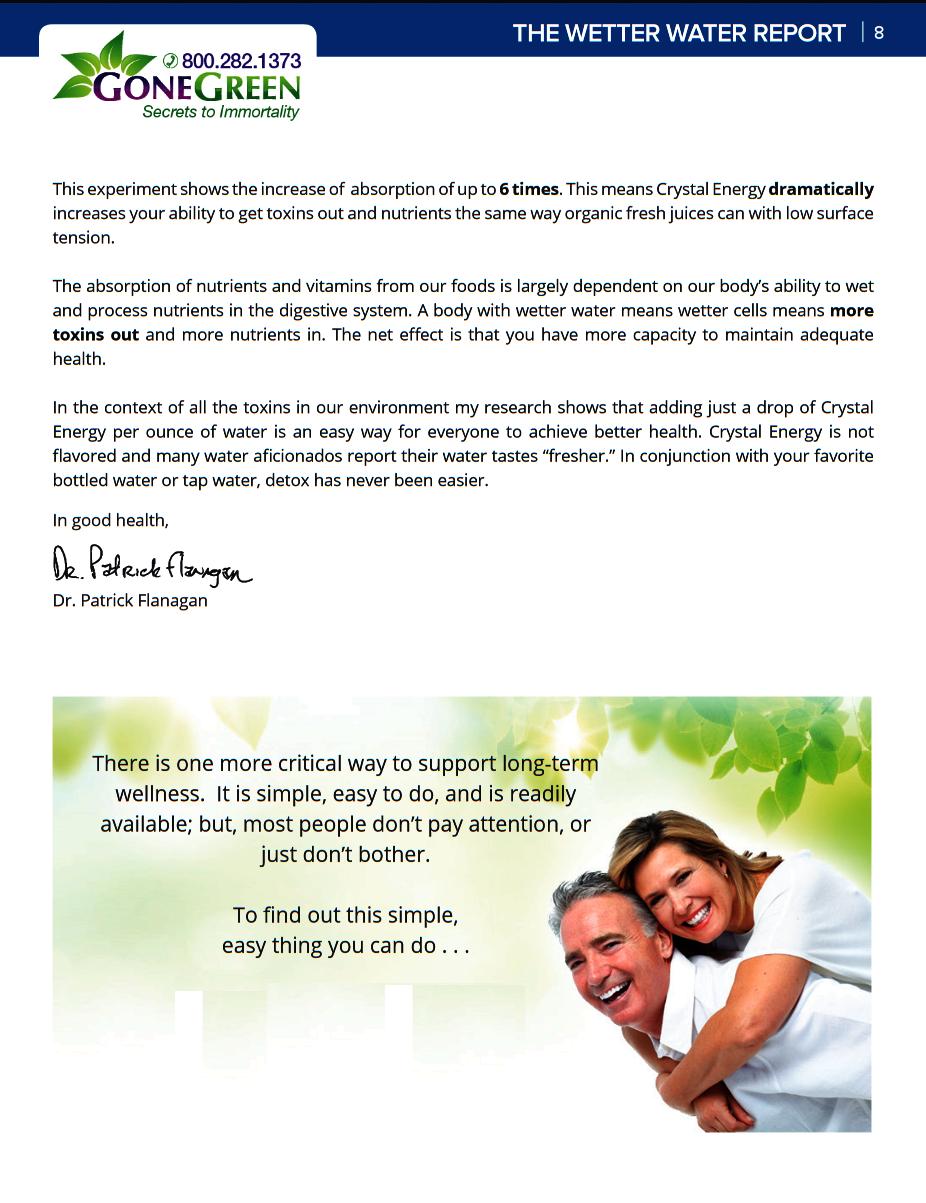Pico Ag, 5731 Lexington Drive, Parrish, FL 34219
800 995-9203, 336 306-0193, Email: donwilshe@biobased.us
Emails can go to spam, Please call me, We are available 7 days week EST 10AM to 10PM!
Soysoap Is Physical Element Chemistry 93% Derived From C02. In the next 3 to 7 years, "Physical Element Chemistry" will replace over 25,000 Patented Ingredient Based Products From Agri-Chem, Phrama and Chemical Products, etc! 82% percent from foreign owned companies! Employment and Corporate consequences for the USA will be catastrophic! Technology makes Unemployment! 25000 Graphene Patents Filed.Soysoap Restructures Water and Spray Rig Pressure Drops by 19%
Incidentally, my customer just called with this:
Question: Is there something about the Soysoap which keeps a Hypro centrifuge pump from developing the full amount of pressure it does with "normal" water?
The farmer said that normally, his spray monitor set to deliver 10 gallons of spray mix per acre allows him to generate 35 to 37 lbs. of pressure, and run at 8.5 miles per hour with a 90-foot boom. He has a Hypro centrifuge pump driven hydraulically. But on repeated occasions, when he puts Soysoap in the tank mix, the pump generates only 28 to 30 lbs. of pressure and he can run at only 7.5 miles per hour to deliver 10 gallons per acre.
He wants to know: Is the "wetness" or "more slippery" nature of the water causing this? And if so, how could that physically occur in a centrifuge pump? Has anyone else noticed this? I said I'd ask you, and perhaps some other users have an answer. Maybe a piston pump wouldn't have the same change in performance.
Answer: Soysoap can modify the dynes from 70 to 30 and restructures the water which does change the properties shape and size of the water moecules. In this case the farmer has seen a 19% change in pump pressure. He has compensated for this by slowing down his tractor 12%. What appears to be happening is the water molecules are being distorted into another shape therefore changing the pressure.
Another Answer
Yes the Soysoap will change the viscosity and or microsiemens of liquids. The centrifugal pumps due to design always cavitate hence foam in tanks. The soap lubricates and makes water and fertilizer flow different which in turn relieves internal pressure in spray systems. Soysoaped Water Foilar Feeds, Urea, Amomnium Sulfate (AMS), Pesticides, Herbicides, Surfactants and Fertilizer especially should show a pressure drop as well makes 4 to 6 lbs. difference in a sprayer. But the benefit is you should get more product into the plants or be able to help a herbicide kill weeds or other tasks at hand.Soysoap and Fertilizer Phosphate, Phosphites
Very likely, the cautionary comment about blending Soysoap and fertilizer with high phosphate content refers to mixing them as concentrates. We've seen a couple of totes of starter fertilizer containing phosphites precipitate out the phosphite when Soysoap was tank-mixed directly.
We have come to recommend always reacting Soysoap with water first, before adding fertilizers or chemicals. The action of Soysoap is purely physical, dropping the surface tension of water from about 72 dynes down to around 30. This increases the solubility of water, makes it easier to pump, and even appears to increase the ability of water to hold fine particulates in suspension.
We are very interested in further testing with rock powders like zeolite and silica and Lithovit.
On the practical side of making tank mixes, there are several approaches to getting Soysoap in solution early.
1. Most producers fill tanks and add chemicals with a cone induction system. With this, you can pump in straight water to about 2/3 of the sprayer or planter tank's water capacity, then add the Soysoap through the cone. This may set up a little foaming but not much. Then with Soysoap and water blended, add other nutrients.
2. In smaller batches such as the supply for starter mixes, add Soysoap to the stock of supply water, and use this as the "base" for blending starter materials. It's safest to have at least 30% to 50% water in a starter mix, just to help varied ingredients keep compatible. That's more to haul, but generally there isn't a lot of volume needed for starters.
Be very cautious about pouring 100% concentrated Soysoap into any straight liquid fertilizer. Liquid urea or 28% already contains water and it's no problem. But most micronutrient packages are already "packed" to a saturation point. Soysoap is a highly reactive product and can precipitate out phosphates, zinc, copper and other elements when you blend it into a concentrate. Always jar test....
I'm finding some real benefits using Soysoap with starters in-furrow, so it's an approach we want to add to the arsenal.